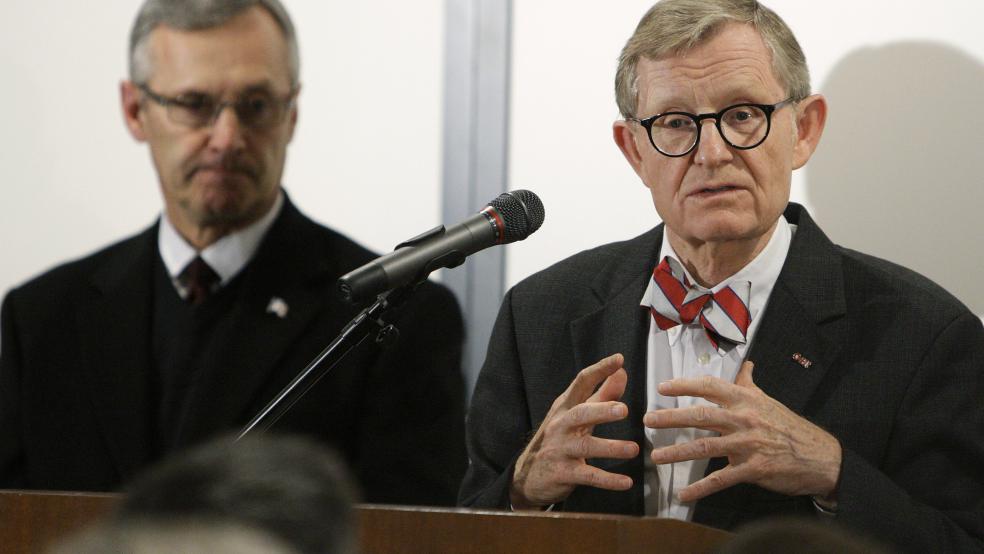A new report from The Chronicle of Higher Education shows that nine presidents of publicly financed colleges and universities received more than $1 million in total compensation in 2012-2013, while one chief executive even made more than $6 million.
The report – showing a doubling in the number of college presidents who received more than $1 million over the previous year – comes out at a time when many college students and their parents are overwhelmed by tremendous debt loads in order to keep up with soaring tuition. Many instructors below the rank of tenured faculty, meanwhile, complain of being underpaid.
SLIDESHOW: THE 9 MOST OVERPAID COLLEGE PRESIDENTS
The median total compensation of the 257 chief executives in The Chronicle’s annual survey was $478,896, representing a five percent increase over the previous year. Ohio State University paid E. Gordon Gee an astounding $6 million in total compensation. Gee resigned last summer under pressure from trustees who complained about “frequent gaffes,” according to The New York Times. Gee is now the president of West Virginia University, where he had previously served in the same role for four years in the early 1980s.
R. Bowen Loftin of Texas A&M at College Station was second on the list of best paid presidents, with $1.63 million in total compensation. The Chronicle’s analysis included “all public doctoral universities in the United States and all state college and university systems or governing boards with at least three campuses and 50,000 total students in the 2011-12 academic year,” the publication reported. Some presidents served at more than one institution during the same fiscal year.
Related: How to Beat the High Cost of College Extras
Meanwhile, a new study by the liberal Institute for Policy Studies released today shows that at the 25 public universities with the highest-paid presidents, both student debt and the use of part-time adjunct faculty grew much faster than at the average state university between 2005 and 2012. “State universities have come under increasing criticism for excessive executive pay, soaring student debt, and low-wage faculty labor,” according to a summary of the report, “The One Percent at State U.”
“As students went deeper in debt, administrative spending outstripped scholarship spending by more than 2 to 1 at state schools with the highest-paid presidents,” the study said. “As presidents’ pay at the top 25 skyrocketed after 2008, part-time adjunct faculty increased more than twice as fast as the national average at all universities while permanent faculty declined dramatically as a percentage of all faculty.”
CLICK HERE TO SEE THE 9 MOST OVERPAID COLLEGE PRESIDENTS
Top Reads from The Fiscal Times:




